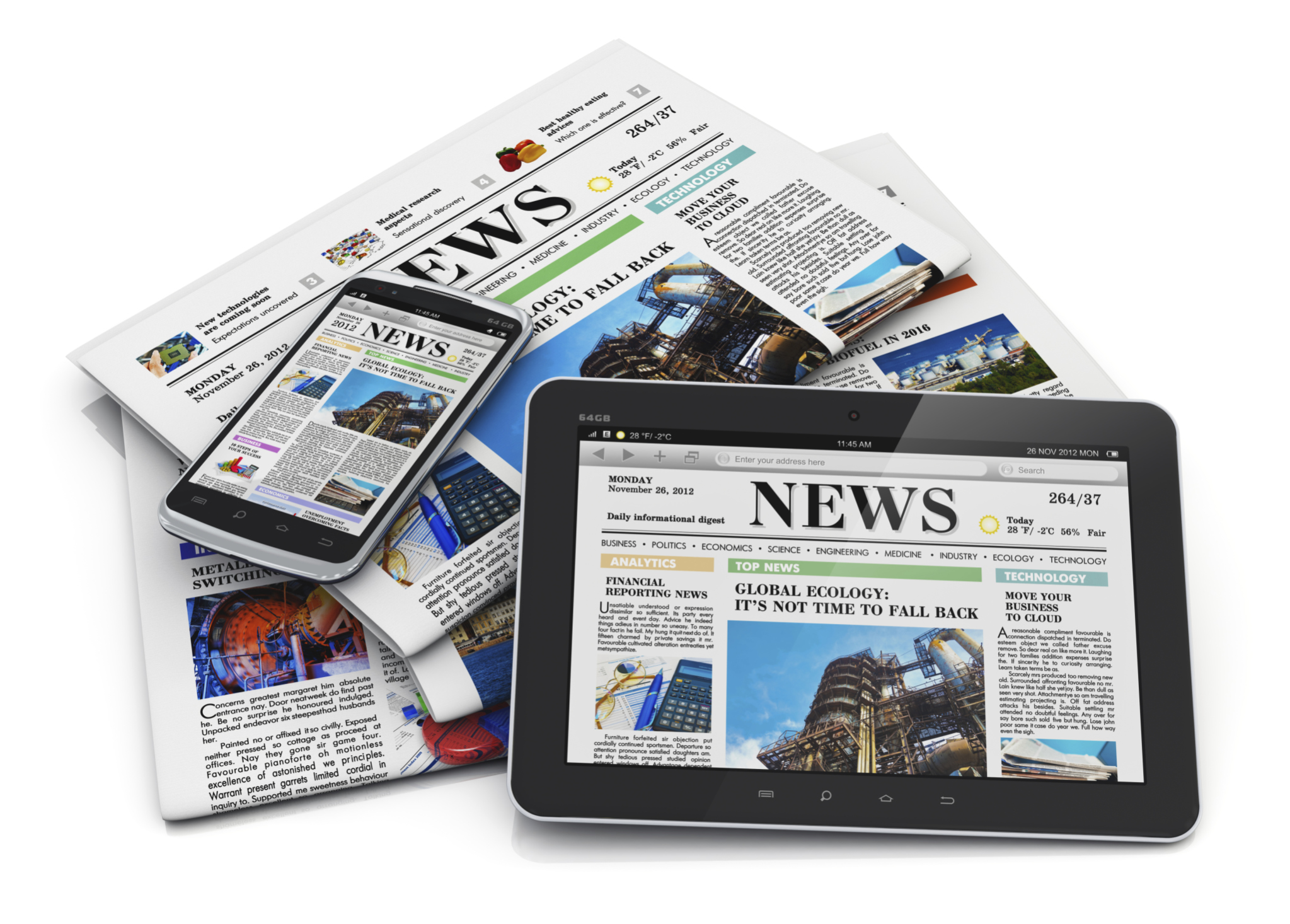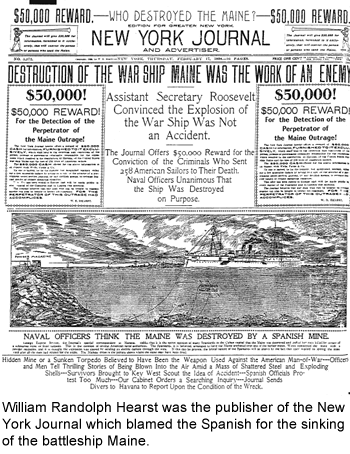Learn
To access the materials on Discovery Education website, you will need to log in. View the login instructions.
Public Opinion and Polling

Government officials in a democracy must be concerned about public opinion. Our democracy is made up of people who are supposed to represent the will of the people, but often the opinion of the public can be difficult to determine. So, exactly what constitutes public opinion and how is it determined? Public opinion is the view that a significant part of the public has concerning an issue. Polls measure public opinion frequently using surveys to ask people what they think. Polls are a popular method of assessing and reporting public opinion and may have one or several questions focused on determining a person's opinion of a specific topic or situation.
The science of polling was introduced in the 1930s. Prior to that time, some attempted to determine public opinion through conversations with individuals and chance encounters. Such surveys of public opinion were not very accurate; therefore, they had little impact on public policy decisions. Once methods of determining public opinion were developed, government was able to become more responsive to public opinion.
Watch Public Opinion: Voice of the People, Part I. Watch the beginning of the video and stop at 9:18.
While you watch the video, complete section one of 8.03 Public Opinion and Polls.
The Science of Polling

Today, pollsters can determine public opinion with a high degree of accuracy if they create polls that meet certain characteristics.
Objective wording must be used in the questions to avoid swaying or altering results.
Random sampling must be used to allow each potential member of the group whose attitudes are being measured the same chance of being selected. For example, if the group is 50% female and 20% rural, the sample should match those statistics.
Contacting respondents should use a cost efficient and accurate means.
Explore Public Opinion: Voice of the People to learn more about the science of polling. Then, watch Polling and Public Opinion.
Open Polling and Public Opinion in a new tab
Polls will never be 100% accurate because a sample cannot perfectly duplicate the larger group. Therefore, pollsters include a margin of error to allow for the chance of inaccuracy.
Read the presentation Polls: What do the numbers tells us? As you read the presentation, complete the second section of 8.03 Public Opinion and Polls. Be sure to save your work. You will use it later in the lesson.
Read "Measuring Public Opinion" to learn more about accurate polling methods.
Regional Differences in Public Opinion
As a general rule, people on either coast tend to be more liberal in their political views than those in the middle of the country. However, there are many exceptions to this tendency. The Southeast presents some special problems with the rule, partly because the political affiliations there have been changing over the past fifty years. The Solid South - the tendency to vote for Democrats, no matter what - began to erode during the 1950s. Both Republicans and Democrats are competitive across the South today. However, recent presidential elections indicate a general support for Republicans in the South.
Public opinion on many issues varies by region in this country. For example, abortion is a controversial topic that is a major issue in many elections in American today. Regional differences are very evident when public opinion on abortion is surveyed. New England residents are most likely to favor legalized abortion. More than half of residents in the Pacific coast region, the Mid-Atlantic, and the Mountain West also favor abortion. However, residents of the South Central region express the least support for abortion. - Pew Center for Research
Tracking trends in political culture is very tricky. There is no "typical American." These factors and others are merely indicators of tendencies, yet there are many exceptions. In the end, Americans are influenced by a wide array of factors when they cast their secret votes on Election Day.
To learn more, watch Political Ideologies.
Open Political Ideologies in a new tab
Media and Public Opinion

The media play an important role in reporting and shaping public opinion. Throughout U.S. history, various forms of media have been used to influence public opinion, particularly in the political process.
Media influences public policy. As voters learn more about the issues, they are able to bring pressure on elected officials for needed change. The press is an important linkage institution connecting the people to the government. It is a tool through which the people can raise public policy concerns to elected officials and the government can express the need for support for new programs.
Read "The Media" to learn more about the roles of the media in politics.
History of Print Media in Politics

Print media in the form of newspapers and magazines has been influencing public opinion and politics since our nation was extremely young. In 1789, the Federalist Papers was published in the Gazette of the United States. By 1791, The National Gazette was started and being supported by opponents of the Federalist like Thomas Jefferson.
This public partisan battle was just the beginning of countless battles to come that would be waged in the party press to win-over public opinion. Party press is a term used to describe newspapers popular in the late nineteenth century that were highly partisan and often influenced by political party machines.
Penny Press
In the early 1900s most newspapers sold for six cents. In an effort to appeal to the less affluent masses, the penny press was born. Some newspapers were sold for one penny, creating a demand for the news among the working classes. These newspapers relied on advertising to make a profit.
The Penny Press, as it was called, greatly increased the demand for newspapers and for the first time more than just upper classes had access to the news. This increased demand made journalism become more important overall. Gradually, these newspapers began to pay more attention to the needs to the public they served. They focused on issues that appealed to the masses bringing attention to needed reforms.
Read "The Penny Press" to learn more about the history of the Penny Press.
Yellow Journalism
The first "media war" or war driven by the press, occurred in the 1890s when journalists sensationalized events so dramatically that they helped launch the United States into the Spanish-American War.
Newspaper owners like William Randolph Hearst and Joseph Pulitzer became known for their yellow journalism, a style of journalism that sensationalized and dramatized events to sell millions of newspapers.

Read "Yellow Journalism" to learn about this style of journalism in the late 1890s.
Impact of Radio
In the 1920s, radio became the method through which the masses could receive up-to-the-minute news reports. Also, as movies became more popular in the 1920s and 30s, politicians and journalists took advantage of the video newsreels that played before and after movies at the theatre.
Candidates and government officials quickly realized the value of the two new forms of media. President Franklin D. Roosevelt practically invented media politics. During the Great Depression and World War II, his soothing radio talks with the public, known as fireside chats, served as an example of how effectively radio could be used as a medium for influencing public opinion. FDR also had over 1,000 press conferences during his twelve years as President.
Talk Radio
Even though today we have a huge variety of media resources at our fingertips, radio is once again becoming increasingly popular among some Americans as a source of political information through talk radio. Talk radio broadcasts that feature extreme conservative or liberal viewpoints are attractive to many Americans and have been cited as one of the causes of party polarization that appears to be occurring in the United States.


